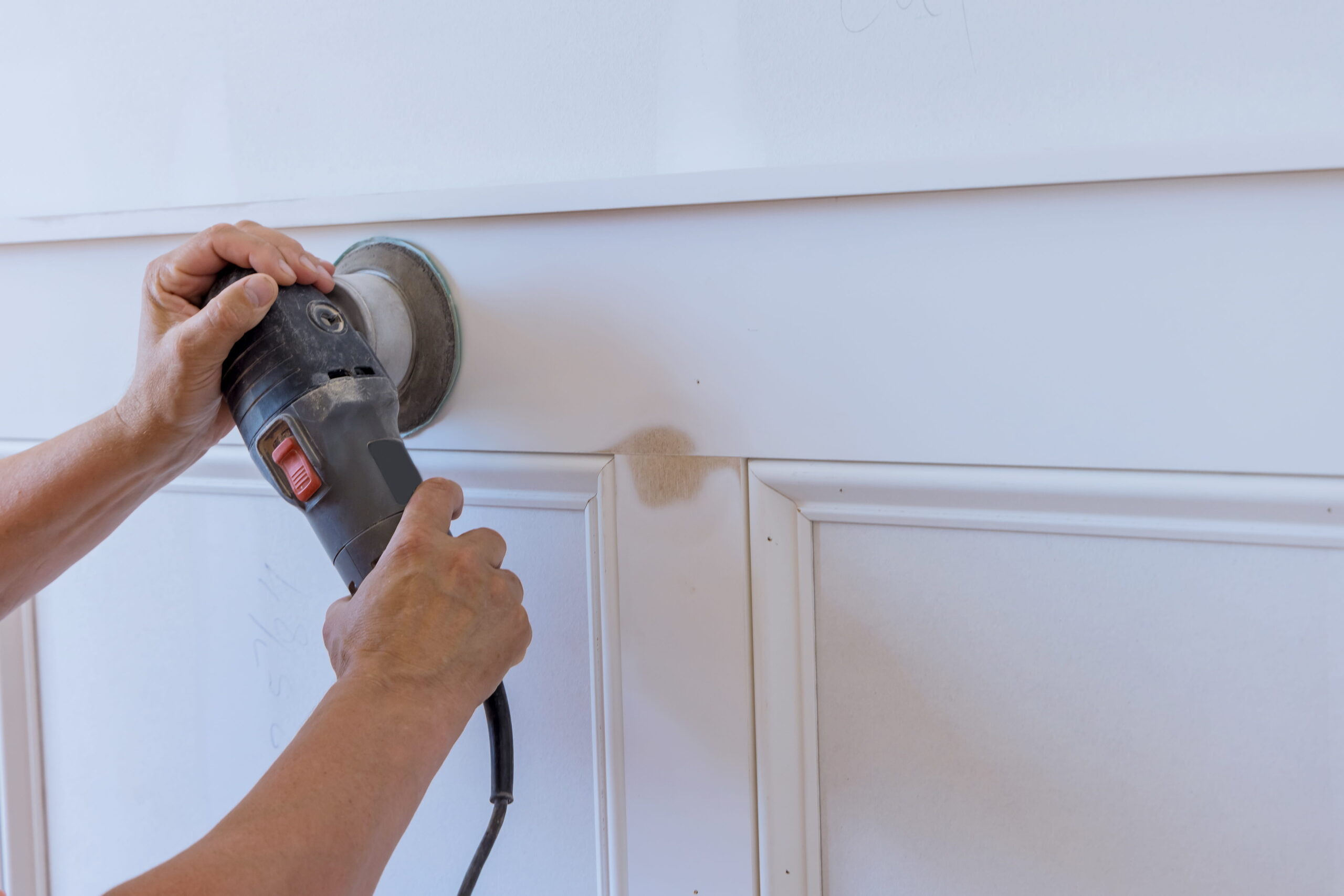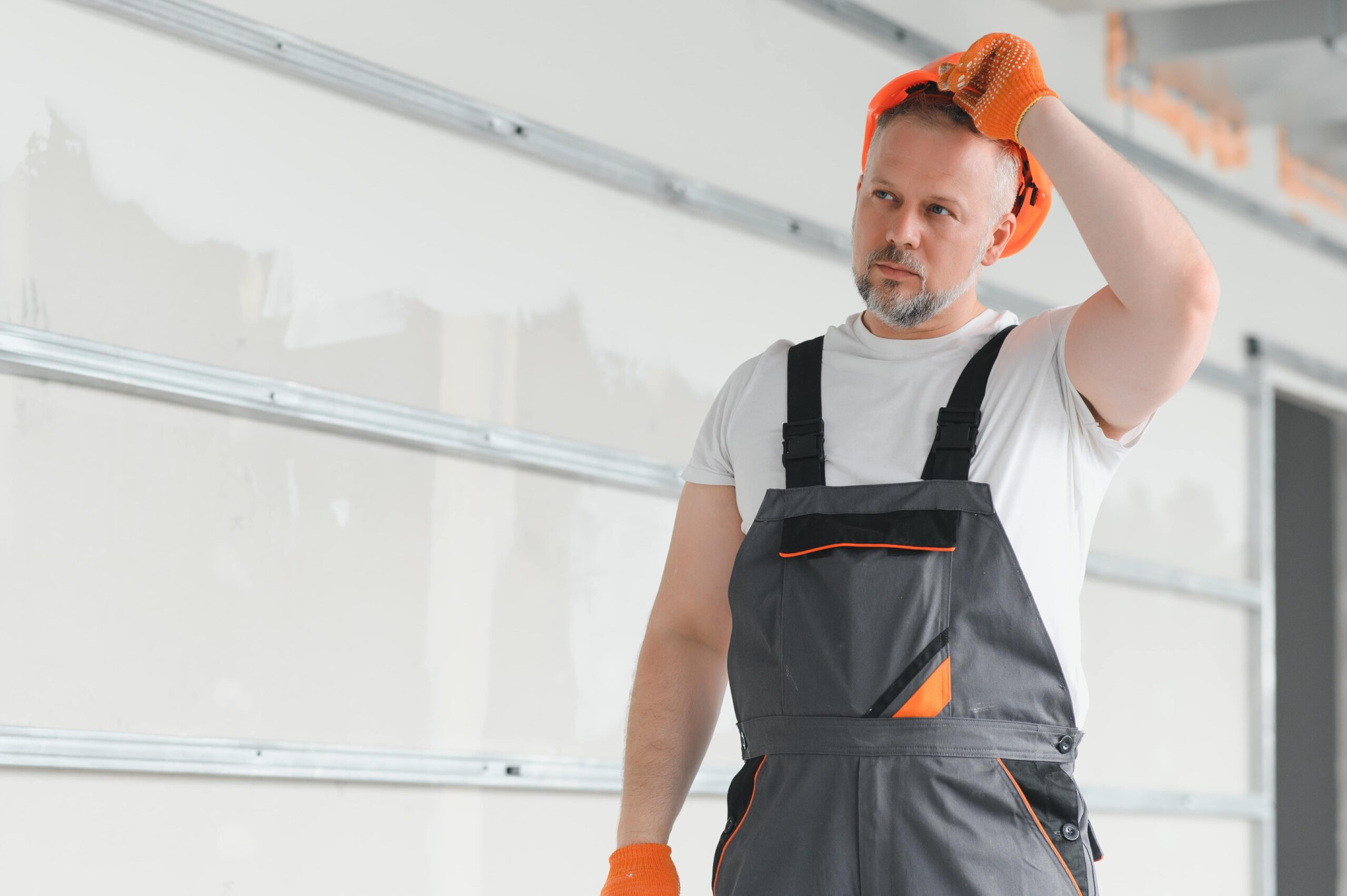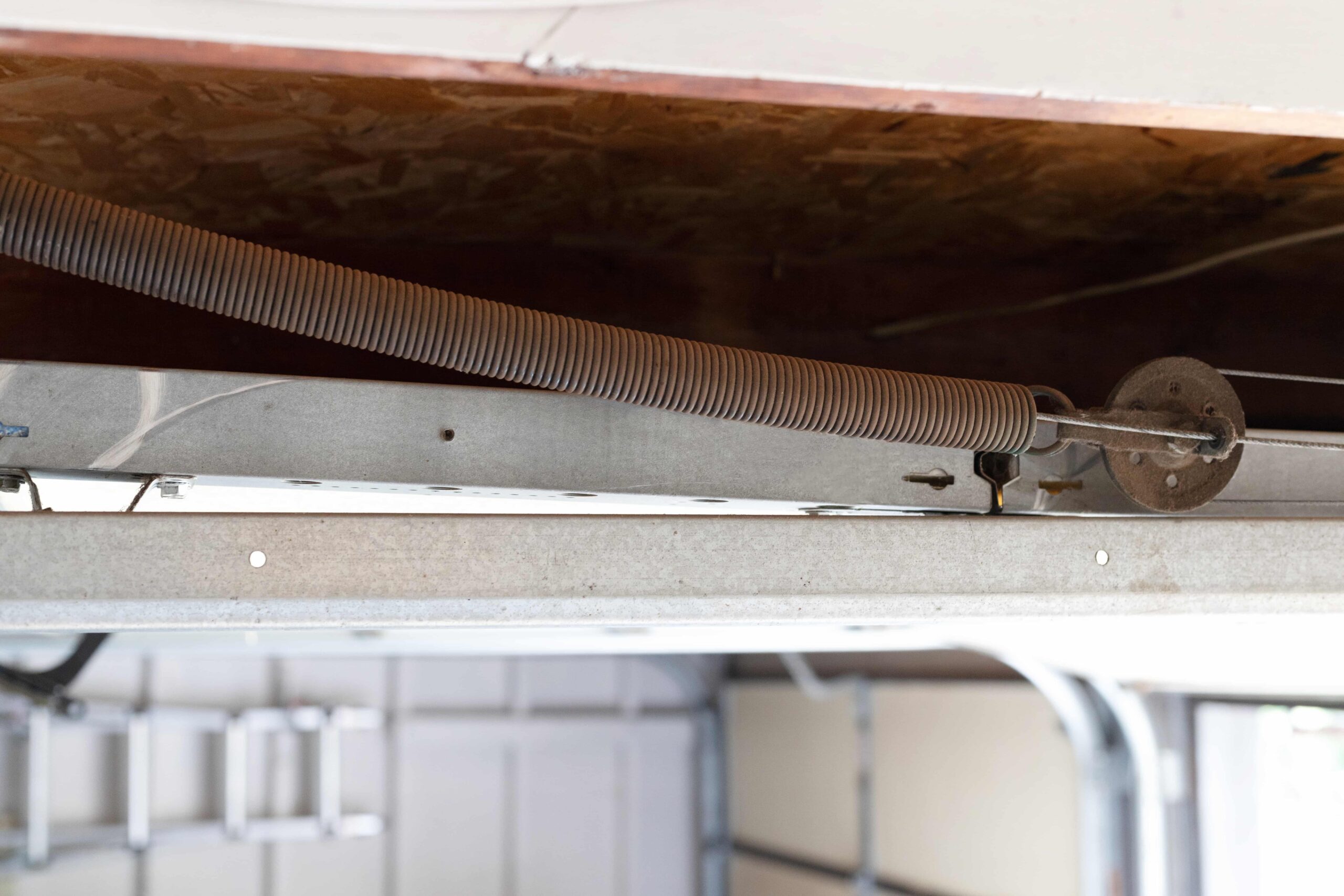
Takeaways
- Garage door rust starts small but can cause big headaches if ignored. Taking action early preserves function, safety, and looks.
- Minor, surface rust (light discoloration or small patches) can be removed with DIY methods: scrub, sand, clean, then prime + paint.
- Use mechanical tools (wire brush, sandpaper) and/or mild chemicals (vinegar, baking soda, commercial remover) depending on rust severity.
- Call a professional if rust causes deep pitting, holes, affects springs or tracks, or interferes with safe operation.
- Prevent future rust with regular cleaning, fresh touch-ups on paint chips, good weather-stripping, and ensuring proper moisture drainage around the door.
A little garage door rust might seem like a minor issue, but ignore it, and you risk bigger problems. Your garage door’s appearance suffers, and more importantly, its integrity and lifespan can significantly decrease. Rust spreads, weakening metal and potentially leading to expensive repairs or even a full replacement down the line.
But don’t worry! You can often tackle minor rust issues yourself with some basic tools and a bit of elbow grease. This guide will walk you through effective rust removal techniques and smart preventative measures.
We’ll also help you understand when rust damage goes beyond a simple fix, indicating it’s time to call in a professional. Let’s get your garage door looking good and functioning safely again.
What Are the Best Steps for Removing Rust from a Garage Door?
When you spot garage door rust, don’t panic. You can often resolve minor issues on your own. Here’s how to approach DIY rust removal step-by-step.

1. Assess the damage
Before you start, take a good look at the damage itself. Is the rust just a light surface discoloration, or do you see deep pitting and flaking on your rusted metal garage door panels?
Surface rust is usually easy to remove with DIY methods. Extensive, deep rust, especially if it affects the door’s structure or operating mechanisms, might require professional help.
Also, check for rust on metal hardware such as hinges, cables, and tracks. Use a wire brush to remove surface rust from these areas, and consider replacing parts that are too damaged.
Always wear gloves, a dust mask, and safety glasses to protect yourself from particles and chemicals.
2. Properly clean the surface
Start by thoroughly cleaning the rusted area. Mix warm water with a mild detergent in a bucket. Use a stiff brush or a sponge to scrub away any loose rust, dirt, and grime. This step is crucial because it prepares the surface for sanding and ensures better adhesion for any future coatings. Rinse the area completely with clean water and let it dry thoroughly.
3. Remove the rust: Mechanical and Chemical options
Once the area is dry, it’s time to remove the rust using either mechanical or chemical methods—or both, depending on the severity.
Mechanical Removal:
Once the area is dry, it’s time to remove the rust itself with sandpaper. Understanding sandpaper grit numbers helps you pick the right abrasive. Lower grit numbers (e.g., 40-120) mean coarser paper, great for rapid material removal. Higher grit numbers (e.g., 180-220) indicate finer paper, used for smoothing and lighter work. You’ll see CAMI (North American) or FEPA ‘P’ numbers (European); both indicate particle size.
Here’s a quick guide to common sandpaper grits for removing rust:
| Grit Range (CAMI/FEPA equivalent) | What It Does | Best For |
| 80-120 (P80-P120) | Cuts through heavier rust and old coatings | Removing significant rust patches, preparing deeply rusted areas for priming |
| 150-220 (P150-P220) | Smooths the metal surface after coarser sanding | Removing light surface rust, preparing bare metal for prime and paint |
Always start with the least aggressive grit that gets the job done, and work your way up to finer grits for a smooth finish.
You can also use a wire brush for particularly stubborn patches or significant areas of metal garage door rust. Sand until you expose bare, shiny metal, then wipe away all sanding dust with a clean cloth.
Chemical Removal:
- White vinegar: Soak a cloth and apply it to rusted areas to dissolve rust.
- Baking soda paste: Mix with water, apply, let sit, then scrub.
- Commercial rust remover: Follow the product instructions for safe and effective use.
Always start with the least aggressive method that gets the job done, then move to more intensive options as needed. After removing rust, wipe away all residue with a clean cloth.
4. Apply protective coatings
After sanding, you must protect the exposed metal from future rust. First, apply a rust-inhibiting primer. This primer creates a barrier, helping your topcoat adhere better. Follow the manufacturer’s instructions for drying times.
Once the primer is dry, apply at least two coats of exterior-grade paint that is specifically designed for metal. Select a color that complements your existing garage door for a seamless appearance. Applying these coatings correctly prevents moisture from reaching the metal, stopping new rust from forming.
When Should You Call a Garage Door Professional for Rust Repair?
While DIY rust removal works for minor surface issues, certain situations definitely require professional help. Recognizing when to bring in an expert protects your investment and ensures your garage door operates safely and securely.

1. Signs of extensive damage
You might encounter rust that goes beyond simple surface stains. If you see deeply pitted areas, holes forming, or significant flaking that compromises the metal’s thickness, these are signs of advanced corrosion.
For example, when a large section of your rusted metal garage door is affected, or if rust appears on structural components such as the frame or springs, a DIY approach may not be sufficient. Rust can also affect how smoothly your door operates; if it’s consistently sticking or making unusual noises even after basic maintenance, it could be a sign of deeper, rust-related issues.
2. Safety concerns
Garage doors are heavy and operate under considerable tension. Springs and cables are critical components that can cause serious injury if mishandled. If rust has affected any part of the spring system, the cables, or the tracks, attempting to repair it yourself becomes extremely dangerous.

Professionals have specialized tools and training to assess and repair these high-tension parts safely and effectively. Prioritizing your safety and the safety of your family is paramount.
3. Cost-benefit analysis
Sometimes, the repair cost for garage door rust could approach or even exceed the cost of replacing the affected panels or the entire door. A professional can provide an accurate assessment of the damage and a realistic quote for repair versus replacement.
Suppose you have multiple rusted metal garage door panels that require extensive repair work. Replacing those sections might be more cost-effective in the long run. Professionals also have access to specialized techniques and specific parts for removing rust from garage door components that homeowners often do not. They ensure the repair lasts and integrates seamlessly with the rest of your door, saving you potential headaches and repeat fixes.
How Do You Prevent Future Rust on Your Garage Door?
You’ve successfully removed the existing rust, but your work isn’t done. Proactive measures keep your garage door looking good and prevent rust from returning. Prevention is always easier than repair.
Routinely maintain your garage door
Regular cleaning and inspection are your best defense against garage door rust. Make it a habit to clean your garage door every few months. Use a mild soap and water solution, just like you did for rust removal. Pay close attention to the bottom panels, edges, and any areas exposed to rain or road salt.
After cleaning, thoroughly dry the door. Also, regularly inspect your door for any new chips or scratches in the paint. Touch up these spots immediately with rust-inhibiting primer and paint. Don’t forget about rust on the garage door track. Keep the tracks clear of dirt and debris, and lubricate moving parts with a silicone-based garage door lubricant to reduce friction and protect against corrosion.
Weatherproof your garage door
Moisture is rust’s best friend. Minimizing its contact with your garage door dramatically reduces rust formation. Check the weather-stripping around the bottom and sides of your garage door. This rubber or vinyl seal prevents water, debris, and pests from entering your garage.
If you see cracks, tears, or gaps, replace the weather-stripping promptly. A tight seal not only protects against rust but also improves your garage insulation, potentially saving you energy costs. Ensure proper drainage around the garage to avoid standing water. Poor drainage can leave standing water that promotes rust, especially on lower panels. Lastly, consider applying a rust-preventive spray for added protection.

The Final Polish
Ultimately, dealing with garage door rust means taking proactive steps. Regular cleaning and timely DIY fixes can keep minor rust from becoming a major headache, preserving your door’s appearance and function. Remember that prevention through consistent maintenance and proper weatherproofing is your best defense against future corrosion.
However, recognize when the damage is beyond a simple scrub and paint job. For extensive damage or any issues involving the safe operation of your door, professional intervention is crucial. If you’re in need of a garage door repair in Utah or considering a new garage door installation, reach out to Mountain State Garage Doors.
Our team provides reliable garage door services and can expertly diagnose your situation, ensuring your garage door remains safe, functional, and in optimal condition for years to come.
Ready to tackle your garage door rust or need expert advice? Contact us today!
- How to Repair Garage Door Dents: Fixes vs. When to Call a Pro - August 22, 2025
- Garage Cabinets, Organizers, and Storage: Tips & Options in Utah - August 21, 2025
- Utah Building Codes for Garages: What Homeowners Need to Know - July 30, 2025
